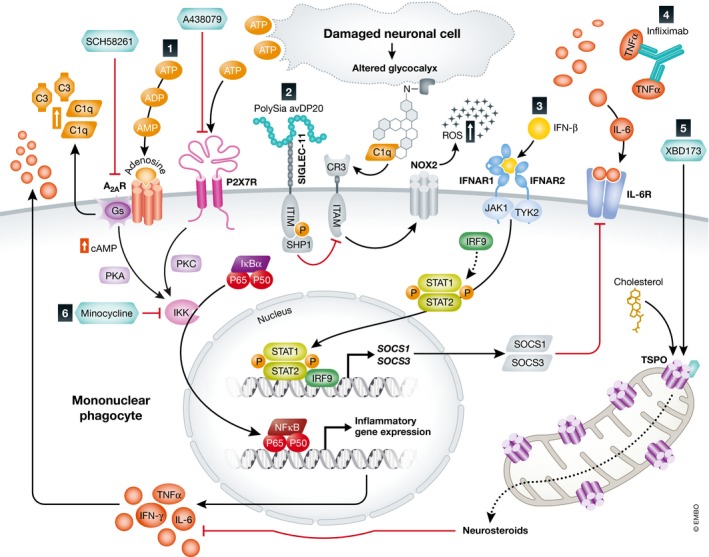Figure 2. Activation pathways and therapy targets for mononuclear phagocytes.

(1) The purines ATP and adenosine ligate to their receptors P2X7 and A2AR, respectively, which act through PKA/PKC signaling and thereby activate IKK. IKK aids to cleave and translocate NF‐κB into the nucleus and induce inflammatory gene expression and cytokine release. A2AR additionally potentiates the expression of the complement component C3 and the opsonin C1q. Neuroprotective effects were observed when A2AR and P2X7R were blocked using the selective inhibitors SCH58261 and A438079, respectively. (2) Intravitreal administration of polySia avDP20 compensates for desialylated neurons by binding to its receptor SIGLEC‐11 and inhibiting neurotoxic inflammation through its ITIM domain. During inflammation, desialylated neurons activate CR3 associated ITAM and thereby trigger excessive release of ROS via NOX2. (3) The IFN‐β pathway involves STAT1‐ and STAT2‐induced SOCS1/SOCS3 release which reduces cytokine expression through a negative feedback and inhibits IL‐6 signaling. (4) Neutralizing antibodies such as infliximab aid to neutralize cytosolic TNF‐α. (5) TSPO ligands such as XBD173 stimulate the production of neurosteroids which limit the release of pro‐inflammatory cytokines. (6) Minocycline is a potent inhibitor of NF‐κB signaling.
